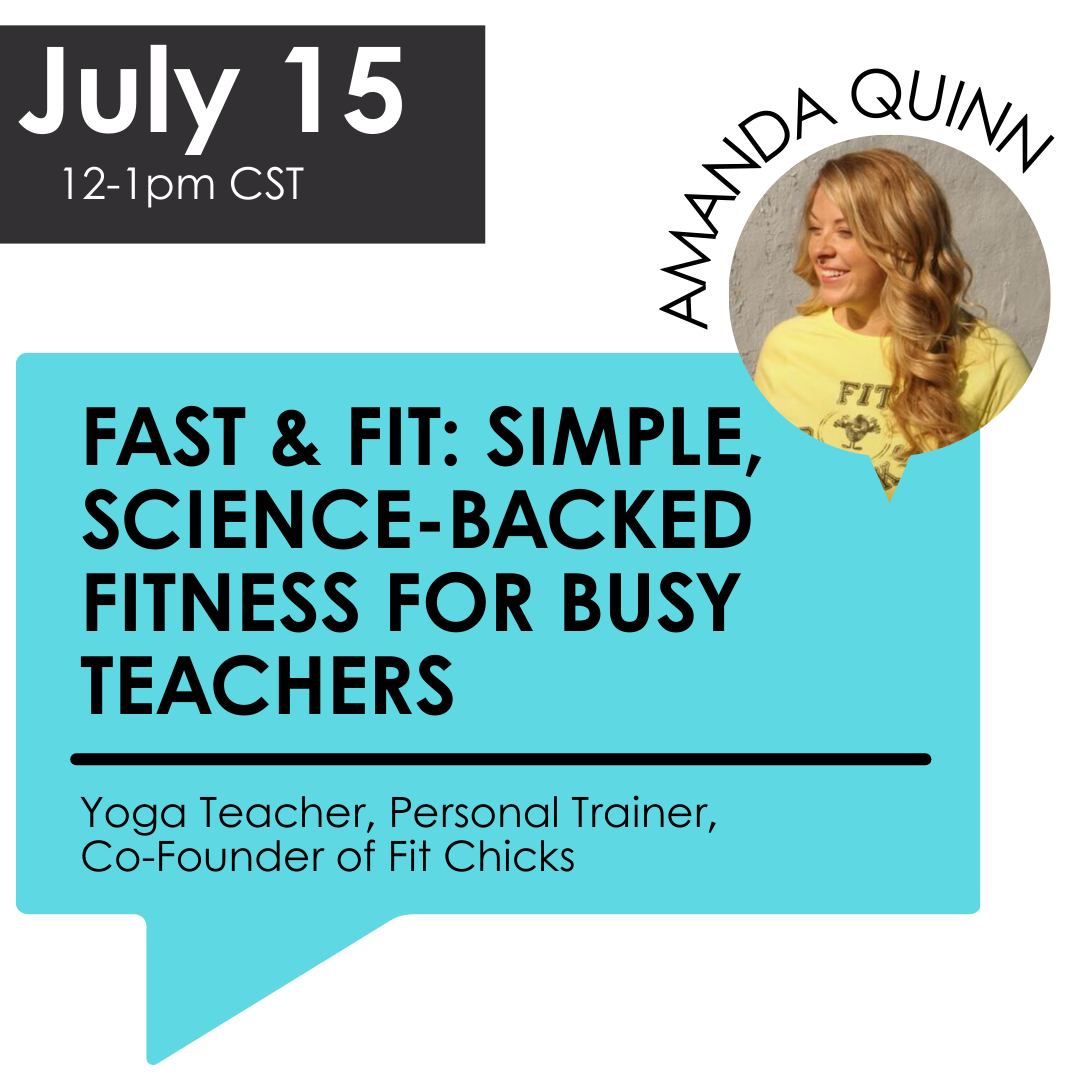So you’ve pinpointed the literacy skill(s) your students need more help with, and you’ve carved out time for literacy interventions in your schedule. But what should you be doing with students to make the biggest impact on closing their gaps in literacy? Here are our recommendations for what to do during your intervention lessons to ensure your students meet their literacy goals this year.

Planning Around a Specific Learning Goal
The first step in planning effective literacy intervention lessons is to have a specific goal. The goal is based on the skills your students are lacking in reading and writing. Find more information about how to identify specific literacy skills to build lessons around.
Here is a deeper dive into how to use these goal-setting and planning tools.
Once you have a goal in mind, it’s time to collect the resources you’ll use during the flow of your intervention lesson.

Planning Effective Intervention Lessons
Let’s take a closer look at each part of a literacy intervention session using a sample lesson on digraph. This lesson was designed using the “I Do, We Do, You Do” planning model.
1) Warm Up & Review
For the first 3-5 minutes it’s a good idea to get kids warmed up with an activity that reviews previously mastered skills. Some teachers like to set the expectation that as kids arrive at the small group table, they grab the review activity out of a tub and get to work right away. This makes transitions smooth and ensures nobody is sitting around getting wiggly, waiting to begin!
Sound boxes (pictured below) make excellent review activities!
- Kids choose a picture card
- Then they use the sound boxes to stretch out the individual sounds
- Next, they spell out the word with letter manipulatives.
- Last, kids write the word using a washable marker.

2) “I DO” Teach the new concept
The next 3-5 minutes are spent modeling and teaching the new concept. Try using multisensory phonics strategies – a great approach for teaching new phonics patterns!

3) “WE DO” Engage students with a hands-on activity.
A great way to engage students in practicing the new skill is with one of our hands-on intervention activities.

Check out the video below to see hands on activities in action!
4) “YOU DO” Practice the new skill.
You’ll want to spend the most time in the “practice” stage of the intervention lesson. We recommend around 15 minutes so your students have plenty of time to turn the new concept into a habit!
You can practice a new skill in many ways, but a good idea is to apply the skill kids have been practicing both in isolation and in context. Our done-for-you phonics lists work well for this!

5) Show You Know
Conclude your literacy intervention lesson with a quick check of students’ understanding. This doesn’t have to be a new activity. You can ask students to demonstrate the practice activity one last time without any teacher guidance.
A quick and effective tool to use for this part of the lesson are sentence strips. Simply flip to a sentence that features the new skill and ask kids to read it to you for a quick progress check!

Get everything you see in this post ~and more~ for 80% off!
Grab our ultimate intervention bundle so you’ll have everything to plan and teach effective small group literacy lessons at your fingertips!






I purchased this and I am not able to locate it. Can u please help.
Hi Krissi! We would love to help you with this question, please email us at customerservice@luckylittlelearners.com and we will do our best to answer it for you! Thanks so much!
Bailey J.
Lucky Little Learners
Is there an option for getting all these wonderful resources at once?
Hi Helen!
Yes! You can find all of the resources in out Small Group & Intervention Literacy Kit here: https://www.teacherspayteachers.com/Product/Small-Group-and-Intervention-LITERACY-KIT-Reading-Activities-and-Intervention-7284493
I hope you have a great day!
Bailey J.
Lucky Little Learners
How can I purchase “My Data Booklet?”
Hi! We would love to help you with this question, please email us at customerservice@luckylittlelearners.com and we will do our best to answer it for you! Thanks so much!
Bailey J.
Lucky Little Learners
Is there a guide or suggestion on where to begin based on their Phonics assessment results? I am just not sure where to go from there. Thanks!
Hello Ashely! This is a great question! Check out our post called, “Literacy Screening is Done ~ Now What?” for more information about what to do next based on phonics screener results.
Help! Has anyone found a good idea for the keeping the Velcro dots stuck in the Word Building Folder?? I tried hot glue, and putting down Scotch tape to make it more rough and less slick. I even bought “heavy duty” Velcro but it won’t stay stuck to the laminated folder.
There is a small group planner pictured above (it has 3 groups listed), where can I find this specific document?
Thank you
Hello Jessica, You can download (4) different versions of small group planners, including the 3-group template you are referring to HERE if you are a member of All Access. If you prefer to purchase the templates, they are included in our literacy intervention kit HERE. Thank you!
Where can I find the toolkit content list? I didn’t see it on all access.
Hello Rashieda! We will get that table of contents uploaded to All Access ASAP! In the mean time, I have emailed you a link to download that file. Thanks for reaching out and have a great day!
Hello, are the Literacy Intervention tools part of the All Access Membership? Thank you!
Hi Melinda! Everything we have ever & will ever is available on our membership site! Here is the link: https://shop.luckylittlelearners.com/all-access-series/literacy-intervention-kit/